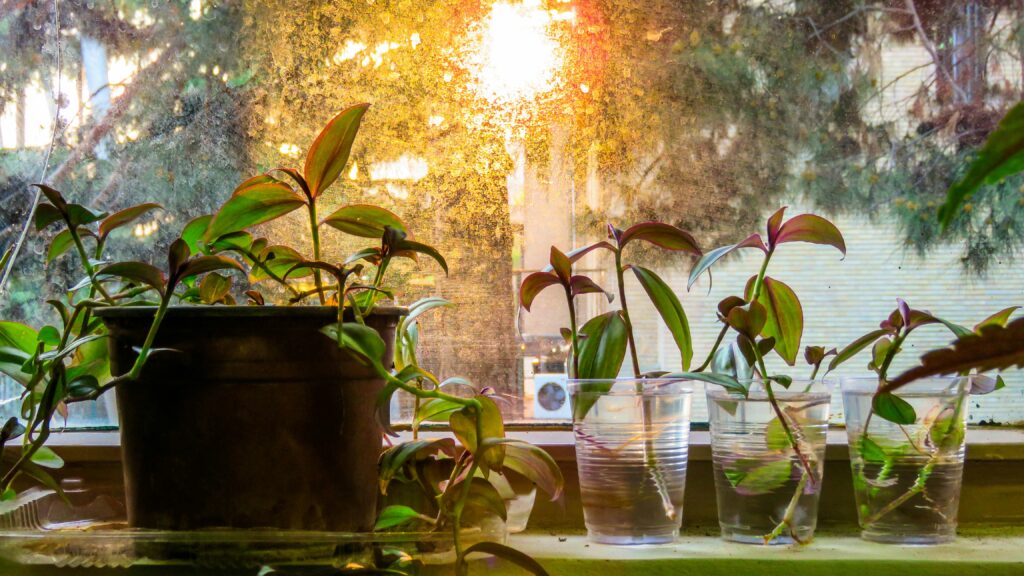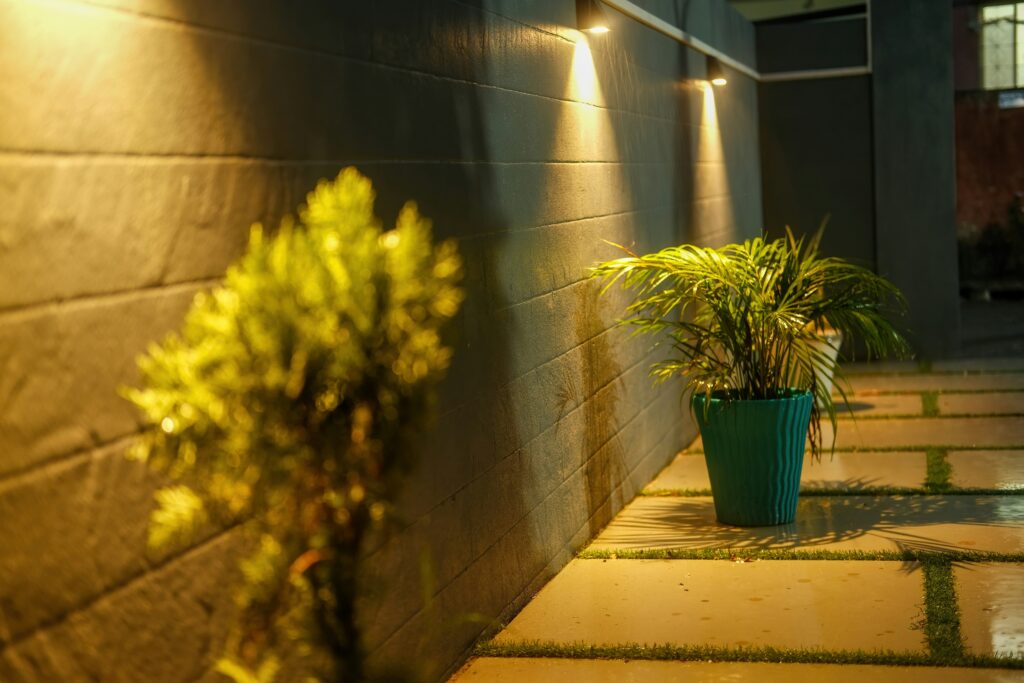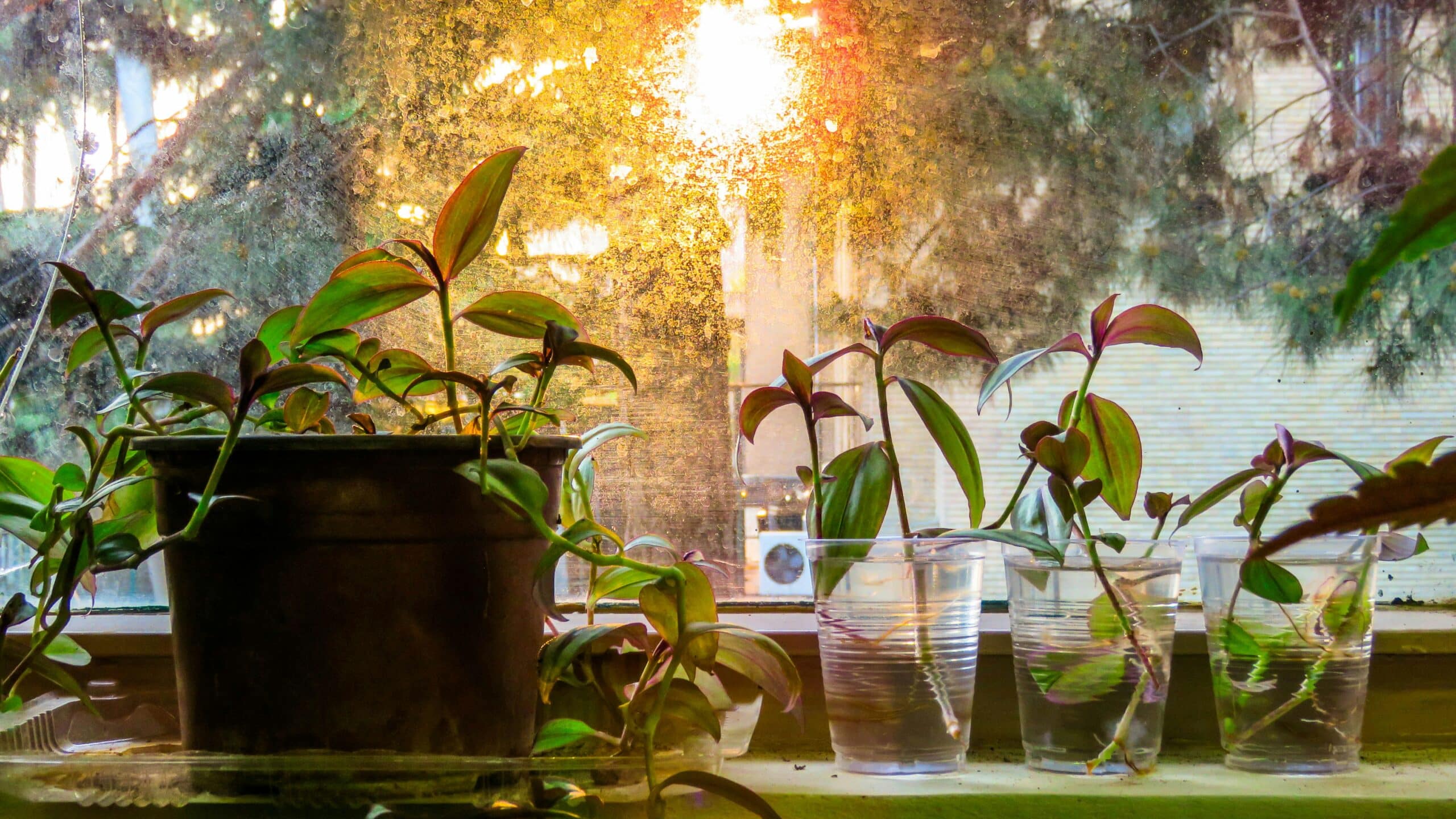Anúncios
This vision is made possible with the advent of grow lights, which are transforming the way we approach indoor gardening. The focus of this write-up is on the top grow lights that are leading the pack in nurturing thriving small-space gardens.

Grow lights, not your regular bulbs, are designed to emulate the natural sunlight in an indoor setting, essential for the process of photosynthesis in plants. We will delve into the types of grow lights available on the market, their unique features, and how they cater to different plant requirements. The aim is to equip you with enough information to make an informed choice on the best grow light for your indoor garden.
Anúncios
From efficient LED lights, the mighty HIDs to the economic fluorescents, this guide will shed light on the pros and cons of each. We will also offer insights on the optimal usage of these lights to maximize your garden’s growth potential. The goal is to help your plants to not just survive, but thrive, ‘shine bright’ and bring life into your small-space garden. Get ready to explore the world of grow lights and transform your indoor gardening experience.
Understanding Grow Lights and Their Significance
The concept of grow lights is nothing new to indoor gardeners. However, if you’re new to indoor gardening, it’s essential to understand that grow lights serve as a substitute for natural sunlight. These artificial light sources help promote photosynthesis, which is the process by which plants convert light into energy.
Anúncios
The Science Behind Photosynthesis and Grow Lights
The electromagnetic spectrum, which encompasses all forms of light, from gamma rays to radio waves, also includes the light we see and the light plants use for photosynthesis. This spectrum is divided into various wavelengths, each associated with a specific color. The wavelengths beneficial for plant growth fall into the range of 400 to 700 nanometers, often referred to as Photosynthetically Active Radiation (PAR).
A grow light’s effectiveness depends on its ability to replicate the beneficial parts of the natural sunlight spectrum. Here, spectrum refers to the range of light wavelengths that a light source emits. Photosynthesis primarily uses the blue and red parts of the light spectrum, but other colors also contribute to optimal plant growth.
Choosing the Right Grow Light for Your Indoor Garden
Choosing the right grow light for your small space garden can be overwhelming, considering the variety of options available. However, the key is to identify the light that best suits your plant’s needs and your gardening goals.
Fluorescent Grow Lights
Fluorescent grow lights are a popular choice for hobby indoor gardeners. They’re energy-efficient, affordable, and emit a broad spectrum of light that includes both blue and red, making them suitable for almost all types of indoor plants.
High-Intensity Discharge (HID) Lights
HID lights are another excellent choice for indoor gardening. They’re more powerful than fluorescent lights, making them a preferred option for larger indoor gardens. However, they generate more heat, which might require additional ventilation to prevent overheating.
Light Emitting Diodes (LED) Grow Lights
LED grow lights have been gaining popularity due to their energy efficiency and durability. They’re capable of producing a full spectrum of light, can be customized to emit specific light wavelengths, and have a longer lifespan compared to other types of grow lights.
Top Grow Lights for Thriving Small-Space Gardens
If you’re managing a small-space garden, choosing the right grow light is crucial to ensuring your plants get the optimal light they need to thrive. Grow lights are essential for providing the necessary light spectrum and intensity, especially in spaces where natural sunlight may be limited. Now that we’ve covered the different types of grow lights, let’s dive into some of the top picks for small-space gardens that can help maximize your plant’s growth.
Spider Farmer SF-1000 LED Grow Light
The Spider Farmer SF-1000 LED grow light is a highly rated option for small-space gardeners due to its exceptional energy efficiency and full light spectrum. This grow light provides all the wavelengths your plants need for both vegetative growth and flowering.
- Energy Efficiency: One of the standout features of the Spider Farmer SF-1000 is its energy efficiency. LED technology uses less power than traditional lighting options while still providing a high light output, making it perfect for small-space gardeners who want to keep their electricity bills low without compromising on plant health.
- Full Spectrum Light: The SF-1000 provides a full spectrum of light, including red, blue, and white light, which supports various stages of plant growth. This spectrum helps promote strong root systems, healthy foliage, and robust flowering, making it versatile for a wide variety of plants.
- Quiet and Sturdy Construction: This model operates quietly, which is especially beneficial if you’re using it in an apartment or other shared living space. Its robust design ensures durability, and it’s built to last for years of consistent use.
- Ideal for Small Gardens: The compact size and adjustable dimming feature make the Spider Farmer SF-1000 suitable for smaller growing areas. Whether you’re growing herbs, leafy greens, or small flowering plants, this grow light is designed to efficiently light up small spaces without overheating your plants.
Other Recommended Grow Lights for Small-Space Gardens
Best for: Growers who need intense light for compact spaces and want to grow larger or more demanding plants.
VIPARSPECTRA P1000 LED Grow Light The VIPARSPECTRA P1000 is another excellent choice for small-space gardening. This LED light is known for its superior light penetration and full-spectrum output, which mimics natural sunlight and promotes optimal plant health. Its lightweight design and energy-efficient LED technology make it perfect for small spaces.
Key Features: Full spectrum light, energy-saving, durable construction, and dimming feature.
Best for: Vegetative growth, flowers, and fruits in small indoor spaces.
MARS HYDRO TS 600 LED Grow Light The MARS HYDRO TS 600 is a great option for those with limited space, as it’s compact but powerful enough to support the growth of multiple plants. It’s a great budget-friendly option that doesn’t sacrifice quality for price.
Key Features: High efficiency, full-spectrum lighting, and ultra-low heat output.
Best for: Small indoor spaces growing herbs, lettuce, or smaller flowering plants.
King Plus 1000W LED Grow Light The King Plus 1000W LED grow light offers great coverage for small indoor gardens, providing a broad spectrum of light that supports plant growth across all stages. With its energy-saving features and reliable performance, it’s a good choice for those looking to grow more than just a few plants in a small space.
Key Features: Full spectrum, high light intensity, adjustable hanging kit, and heat dissipation technology.
VIPARSPECTRA P600 LED Grow Light
The VIPARSPECTRA P600 is another excellent option for small indoor gardens. It’s known for its silent operation, heat dissipation, and optimal full spectrum light output, making it suitable for all growth stages of your indoor plants.
iPower 600 Watt HPS MH Digital Dimmable Grow Light System
The iPower 600 Watt HPS MH light system is a high-intensity discharge light system that’s perfect for indoor gardens that require more powerful lighting. Its digital dimmable feature allows you to adjust the light intensity according to your plant’s needs.
Enhancing Your Indoor Gardening Experience with Grow Lights
In addition to selecting the right grow lights for your indoor garden, it’s important to consider several other factors that can significantly influence your plants’ growth and overall health. Grow lights are not just about providing light; the type, intensity, duration, and positioning of the lights are all crucial elements in creating an optimal growing environment for your plants.
Light Intensity and Duration
The intensity of light and the duration of exposure are fundamental in ensuring your plants thrive. Light intensity refers to the strength of the light your plants are receiving, and different plants have varying needs in this regard.
- High Light Intensity Plants: Some plants, such as succulents, cacti, and tomatoes, thrive under high light intensity. These plants generally require bright, direct light for long periods to grow properly. When using grow lights for such plants, ensure that the light intensity matches their needs, and they get exposed to it for the appropriate duration (often 12-16 hours per day).
- Low Light Intensity Plants: On the other hand, some plants, like ferns and peace lilies, are adapted to low light conditions and will not perform well under intense light. These plants may do better with lower intensity grow lights or lights placed farther from the plant.
Similarly, light duration is just as critical:
- Long Light Exposure: Some plants, like herbs and vegetables, may need extended periods of light exposure, ranging from 12 to 16 hours, especially during their active growing phase.
- Short Light Exposure: Conversely, plants that are adapted to lower light conditions may only need 8-10 hours of light exposure per day.
Understanding the specific light needs of each plant species is key to creating a balanced light schedule that supports healthy growth and flowering.
Positioning Your Grow Lights
The proper positioning of your grow lights is another crucial factor that can affect the success of your indoor garden. It’s important to find the right balance between placing the light close enough to your plants to provide effective illumination but not so close that it causes damage from excessive heat.
- Distance from the Plant: Most grow lights should be placed about 6 to 12 inches away from plants, depending on the intensity of the light and the type of plant. High-intensity lights (like HID or LED) should be placed a little farther away, while low-intensity lights (like fluorescent lights) can be positioned closer to the plants. The goal is to avoid overheating or burning the plants while still providing enough light for photosynthesis.
- Adjustable Fixtures: Consider using adjustable light fixtures that allow you to modify the distance between the light and the plant as it grows. This is especially important for plants with rapid growth or tall structures, such as tomatoes or peppers.
- Light Coverage: Ensure that the grow lights are positioned to provide even coverage over all your plants. The light should reach the entire canopy of the plant, and you might need to adjust the number of lights or their arrangement to ensure all plants receive adequate illumination.
Additional Tips for Using Grow Lights Effectively
Color Spectrum: Different plants have different needs in terms of light spectrum. Blue light promotes leafy growth, while red light encourages flowering and fruiting. Full-spectrum lights that simulate sunlight are often best for most indoor plants.
Use Timers: Installing a timer for your grow lights ensures that your plants receive the right amount of light each day without requiring manual adjustments.
Monitor Temperature: Keep an eye on the temperature around your grow lights. If the lights are too close or if you are using high-wattage lights, they may generate excess heat, which can stress or harm your plants. Ensure adequate ventilation to maintain a consistent temperature.
Monitoring and Adjusting Your Grow Lights
Lastly, always monitor your plants and adjust the light intensity, duration, and position of the grow lights as needed. Healthy plants usually indicate that they’re receiving the right amount of light. If your plants show signs of stress, such as leaf discoloration or stunted growth, it may be necessary to adjust your grow lights.

Conclusion
In conclusion, the “Shine Bright: Top Grow Lights for Thriving Small-Space Gardens” guide has illuminated the importance of effective grow lighting for small space gardening. Whether you are a green thumb or a novice, these lights are the backbone of successful indoor gardening, making the process efficient and rewarding. Understanding their functioning and different types, from LED, Fluorescent, to High-Intensity Discharge, is a stepping stone to selecting the right one to suit your gardening needs.
Furthermore, the guide emphasizes the influence of grow lights in nurturing healthier plants, boosting growth, and ensuring all-year-round production, especially for plants needing additional light. It also illustrates the energy-efficiency and cost-effectiveness of LEDs, making them a shining choice for gardeners.
However, remember to consider other vital factors like your garden’s size, the types of plants you’re growing, and your budget when choosing your grow light. Ultimately, an informed choice will lead to a thriving small-space garden, shining bright with life and vitality. So, let there be light in your indoor garden, and watch your plants thrive!

